Robert Szczerba | The Next Web
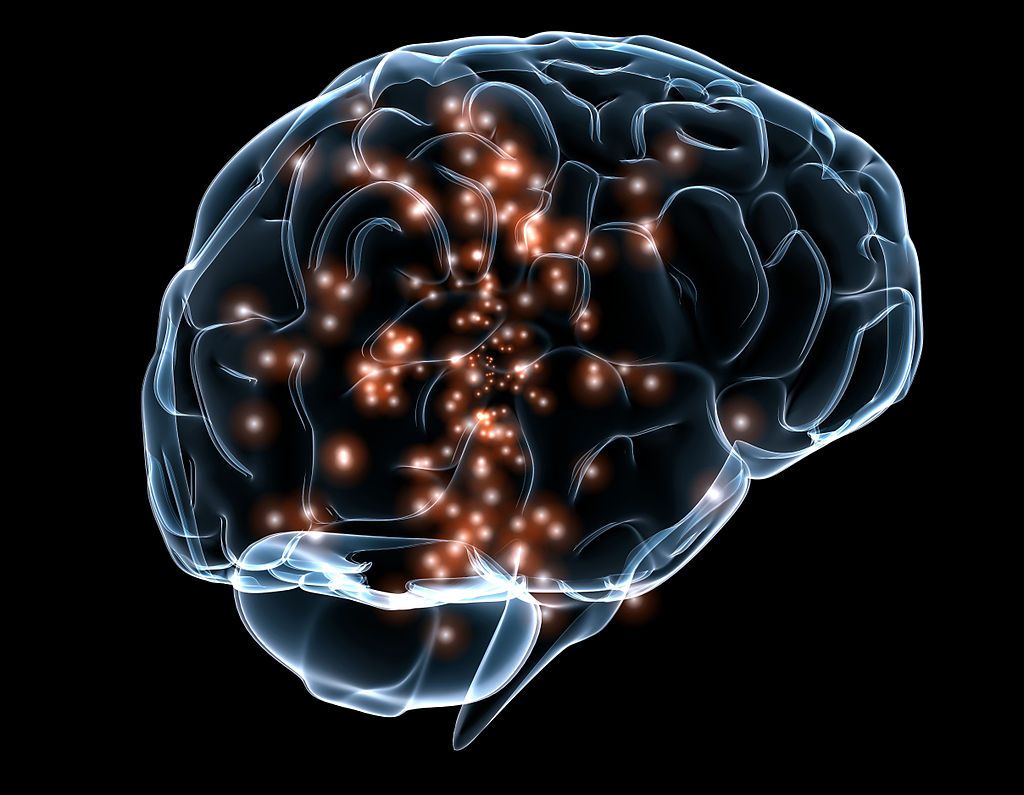
“‘Seeking the truth is at once the most fundamental and the most difficult task of the criminal justice system.’” Read more
Robert Szczerba | The Next Web

“‘Seeking the truth is at once the most fundamental and the most difficult task of the criminal justice system.’” Read more
 ‘New Narratives: Innovation for Jobs’ is a series by i4j (Innovation for Jobs) and the GPA exploring perspectives on important topics that will impact the future of work, jobs and employment.
‘New Narratives: Innovation for Jobs’ is a series by i4j (Innovation for Jobs) and the GPA exploring perspectives on important topics that will impact the future of work, jobs and employment.
About i4j: (iiij.org/i4j) Innovation for Jobs conferences bring together individuals from the public and private sectors to discuss the changing economy. “We engage in initiatives creating structures for developing shared language across silos. The starting point for any innovation is the creation of shared language, enabling stakeholders and change agents to interact horizontally.”
This film was created at the Mountain View 2015 i4j Conference. What are your hopes and fears about the future of meaningful work?
This new principle ( http://eujournal.org/index.php/esj/article/view/814/876 ) is implicit in special relativity’s equivalence principle including gravitation.
Therefore, c is a global constant of nature again. Hence no Big Bang (I hear you laugh) and no Hawking radiation (silence) and no CERN safety (fear).
Ten thousand CERN physicists agree through their roaring muteness for 7 years.
Only a member of the young generation could help. But the young are no longer free to speak up since they are no longer protected by their advisors.
Mandela’s immortal smile is the last hope of the planet. It encourages us all to talk as brothers and sisters before it is too late.
Vivian Giang | Quartz
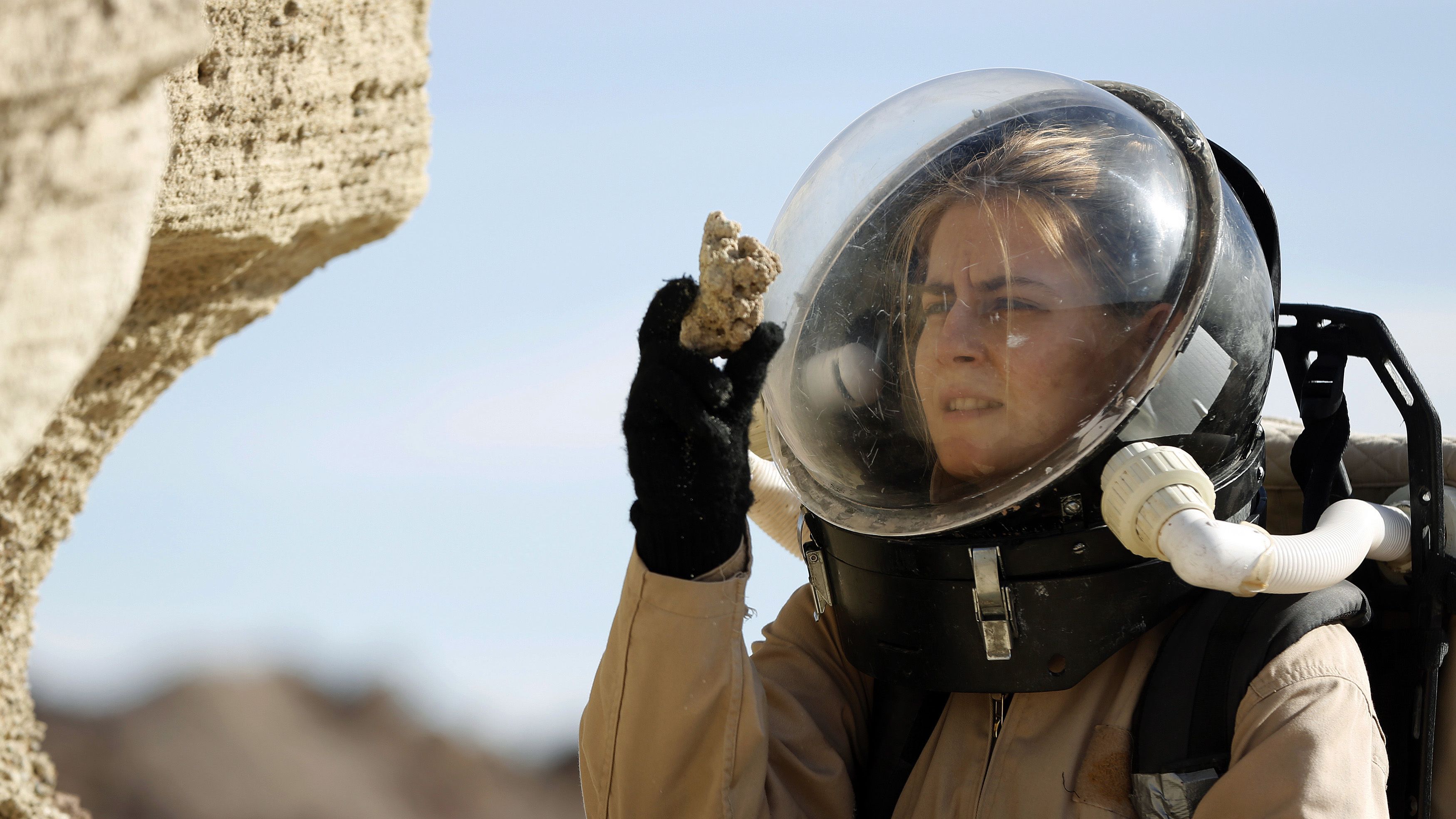
“‘Mars has been unanimously agreed upon by the world’s space agencies as the ‘horizon goal’ for human spaceflight,’ said Do, part of the MIT research group responsible for a widely read report debunking Mars One’s mission as unfeasible. ‘It is widely agreed that Mars is the most promising destination for near term colonization.’” Read more
Tyler Hayes | Fast Company

“The inherently robotic system begs to be humanized and explained. The first question Taylor had to ask himself was if what Tocchini was attempting was even possible. Could he translate design intention into an algorithm that was always producing new and relevant results—something that satisfied a broad range of needs and desires?” Read more
Steve Lohr | The New York Times

“Many data quants see marketing as a low-risk — and, yes, lucrative — petri dish in which to hone the tools of an emerging science. ‘What happens if my algorithm is wrong? Someone sees the wrong ad,’ said Claudia Perlich, a data scientist who works for an ad-targeting start-up. ‘What’s the harm? It’s not a false positive for breast cancer.’…These questions are spurring a branch of academic study known as algorithmic accountability.” Read more
Cyrus Mody | IEEE Spectrum
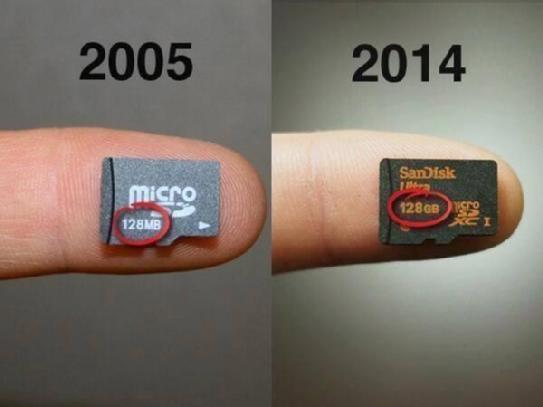
“Moore’s Law is more like a law passed by the U.S. Congress. By that he means, roughly, that the leading institutions of the semiconductor industry have agreed, or ‘legislated,’ to maintain Moore’s Law because it is a useful coordinating mechanism.” Read more
Kari Paul | Motherboard
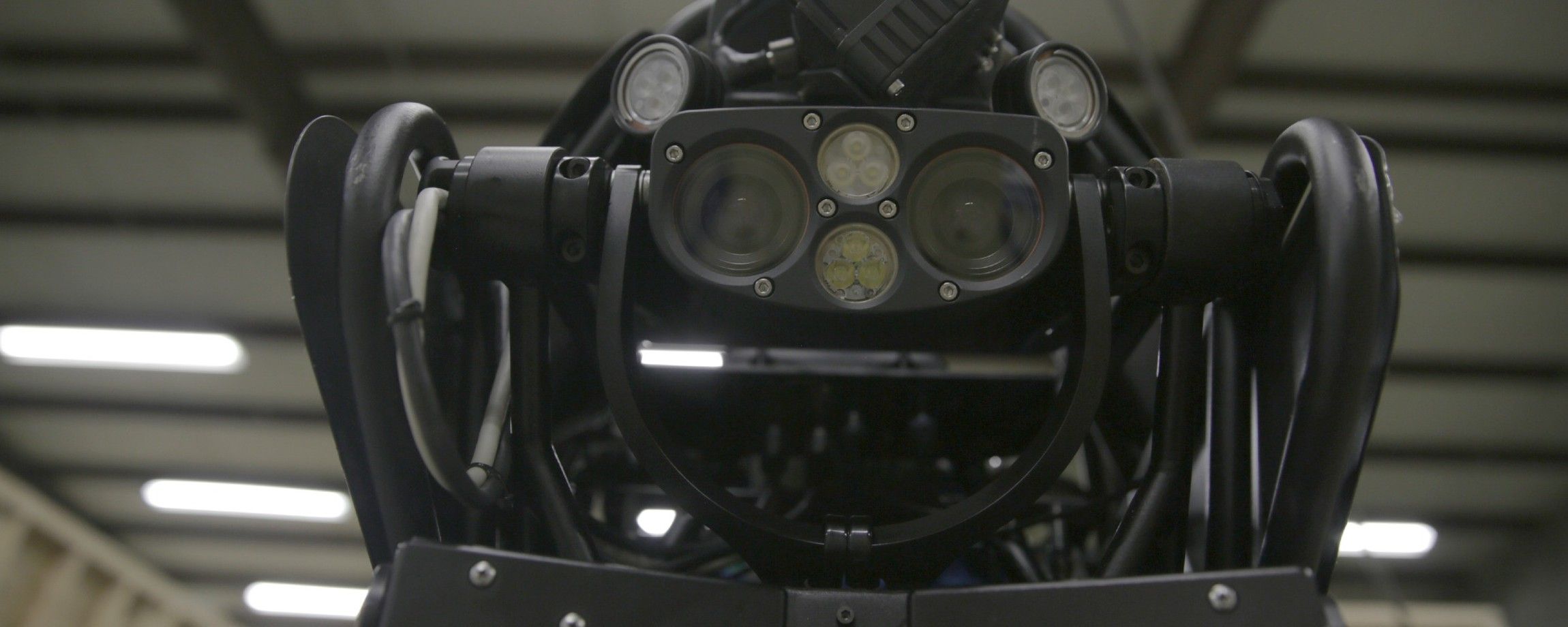
”When a human being is killed by an autonomous machine, who takes the blame? Human rights non-governmental organization Human Rights Watch says it is virtually impossible to tell, and that presents unprecedented danger in the future of warfare. The group released a report today showing how difficult it will be to hold commanders, operators, programmers or manufacturers legally responsible for crimes committed by autonomous machines under current legislature.” Read more
By Davide Sher — 3D Printing Industry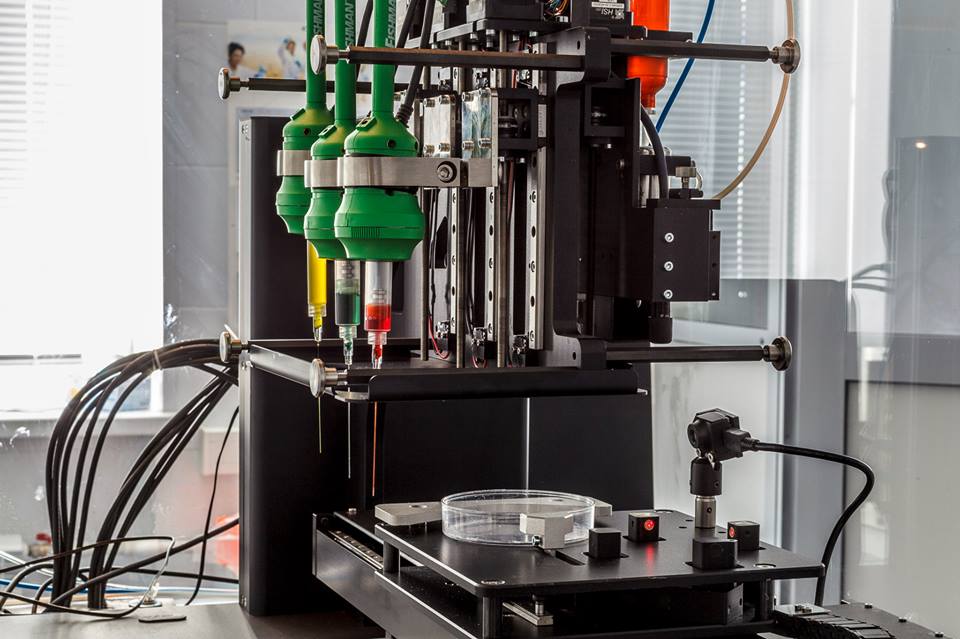
All of my relatives that work in the medical or scientific field are very quick to “crush” my arguments when I ask them about the possibility of 3D printing functional organs, saying that there is no way to replicate an organ’s complex, multicellular structure. I consider these relatives to be extremely knowledgeable and reliable, but they are mostly doctors and/or researchers who are not directly familiar with additive manufacturing technologies.
On the other hand, 3D Bioprinting Solution’s enthusiasm, as with any other 3D bioprinting venture, is contagious and I know from experience that, with 3D printing nothing is impossible, and nothing can be entirely discarded. The truth probably lies somewhere in the middle: bioprinting complex organs is an extremely difficult feat to achieve, but, sooner or later, it will be done. And 3D Bioprinting Solutions may be the company to do it. Read more
By Richard Moss — Gizmag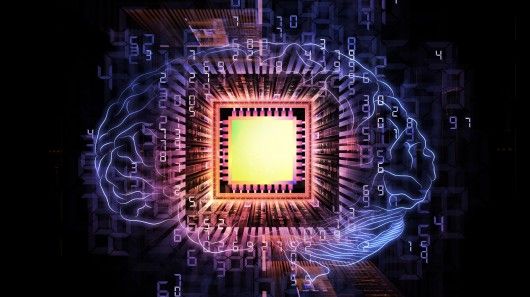 Scientists have been working since 2008 to develop technology based on memristors (short for memory resistors), which promise computers that need never boot up and function more akin to the human brain – like neurons, they can retain information and perform logic operations. Now scientists at Northwestern University have made a new breakthrough that may make possible brain-like computing capabilities.
Scientists have been working since 2008 to develop technology based on memristors (short for memory resistors), which promise computers that need never boot up and function more akin to the human brain – like neurons, they can retain information and perform logic operations. Now scientists at Northwestern University have made a new breakthrough that may make possible brain-like computing capabilities.
Memristors are considered exciting for more than their potential to create brain-like computers. Unlike flash memory, they’re fast. Unlike random access memory (RAM), they remember their state – whatever information they held – when they lose power. They also require less energy to operate, rarely crash, and are immune to radiation. The trouble is that they are two-terminal electronic devices, which results in them being tunable only through changes in the voltage applied externally. Read more
